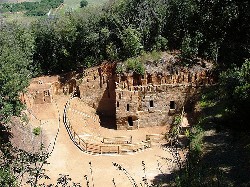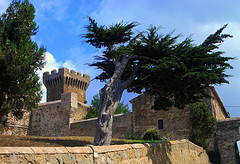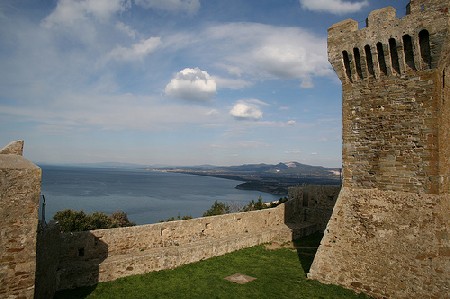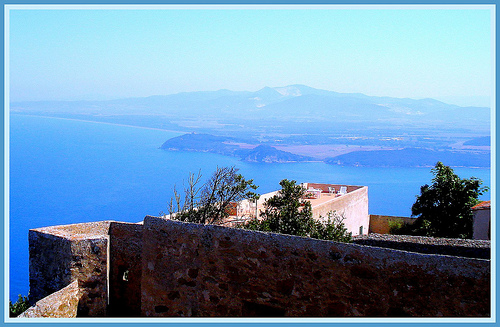
Located on a promontory surrounded by the sea Populonia overlooks the Gulf of Baratti and has an unbelievable charm. The site was inhabited from the age of iron as the numerous archaeological findings prove.
The Etruscan Popluna had a port used by the Romans in the manufacture of iron. Populonia was abandoned around the year 1000 and came back to life in the XIV century.
The village is dominated by the medieval fortress, where the Etruscan museum displays a collection of excavation.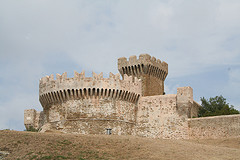
The medieval walls, built as a defence against pirates, and the Fortress, built in the first half of the xv century, enclose paved streets, small shops and a private museum of the Etruscan and Roman findings of the area.
A visit to the Etruscan necropolis is a must. It is located near the port and includes tombs of various periods (from the IX to the II century BC). Visitors can admire burial mounds in which the funeral room is covered by a vaulted roof, or later tombs covered with a sloping roof, or the Hellenistic necropolis of Buca delle Fate.
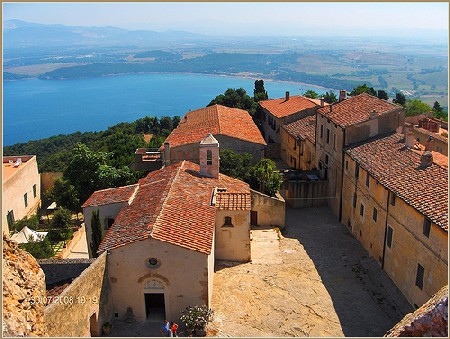 A road, which overlooks a beautiful landscape, links Populonia to the Gulf of Baratti.
A road, which overlooks a beautiful landscape, links Populonia to the Gulf of Baratti.
Populonia was one of the most powerful Etruscan cities, the only one among those of the “League of Twelve” built on sea and Baratti is an ancient Tuscan city on the homonymous gulf. Baratti is considered to be one of the most beautiful bays in the whole region.
The archaeological park, which covers about 80 hectares, can be visited through open paths, where history and archaeology are alive within a beautiful and unspoiled landscape.
Etruscan settlements on the sea, like the Archaeological Park of Baratti-Populonia, museums full of Etruscan, Roman and Villanovian findings as the ones in Rosignano Marittimo, Cecina and Piombino, archaeological areas, shows and exhibitions of international importance on the history of these places, demonstrate the importance of history in the Etruscan Coast.
The mining-archaeological park of San Silvestro, Venturina, a true open-air museum, offers the opportunity to reconstruct the various stages of metal processing of from Etruscan times to the Middle Ages.
The coast of the Etruscans is also famous for a clear sea, with colors shading from emerald green to deep blue. It was awarded with the European Blue Flags together with some towns and services offered.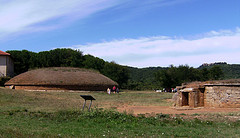
From Livorno to Piombino on the sea there are wonderful places: Castiglioncello, Quercianella, Rosignano, Vada, Cecina, Bibbona, Marina di Castagneto and San Vincenzo.
Beaches of sand like those of San Vincenzo and Baratti alternate with the darker beaches of Marina di Castagneto, Bibbona and Cecina, and with cliffs carved by the wind where the depths are shallow and fishy.
There are great opportunities to recreational boating, with numerous equipped marinas.
History lives in the medieval towns such as Bolgheri, Populonia, Castagneto Carducci, Bibbona, Suvereto, Campiglia Marittima, real jewels that arise in the green hills and woods near the sea.
Livorno, designed by the Medici in 1500 to be the “ideal city”, keeps suggestive evidence of its past, like the historic district of Venice, the Fortresses, the waterways that surround the city center.
For more information click here.
